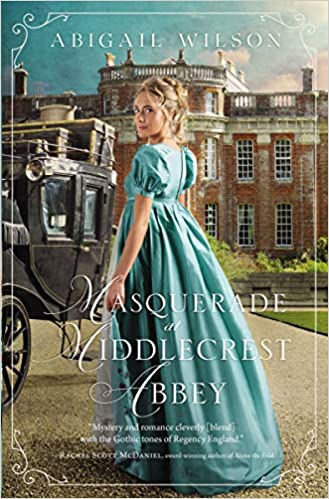 Masquerade at Middlecrest Abbey by Abigail Wilson
Masquerade at Middlecrest Abbey by Abigail Wilson Format: eARC
Source: supplied by publisher via NetGalley
Formats available: large print, paperback, ebook, audiobook
Genres: historical fiction, historical romance, romantic suspense
Pages: 336
Published by Thomas Nelson on May 26, 2020
Purchasing Info: Author's Website, Publisher's Website, Amazon, Barnes & Noble, Kobo, Bookshop.org
Goodreads
When the widowed Lord Torrington agreed to spy for the crown, he never planned to impersonate a highwayman, let alone rob the wrong carriage. Stranded on the road with an unconscious young woman, he is forced to propose marriage to protect his identity, as well as his dangerous mission.
Trapped by not only the duty to her country but her limited options, Miss Elizabeth Cantrell and her illegitimate son are whisked away to Middlecrest Abbey by none other than the elder brother of her son’s absent father. She is met by Torrington’s beautiful grown daughters, a vicious murderer, and an urgent hunt for the missing intelligence that could turn the war with France. Afraid of what Lord Torrington might do if he learns of her son’s true identity, Elizabeth must remain one step ahead of her fragile heart, her uncertain future, and the relentless mystery person bent on her new family’s ruin.
My Review:
Historical romantic suspense really needs to become its own thing, because that’s what this book really is. It’s straddling a line between historical romance, mystery and something that I want to call “heroine in jeopardy” because it’s all of those things at the same time.
Even though “heroine in jeopardy” isn’t actually a genre – although it probably ought to be.
As this story opens, our heroine is very definitely in jeopardy, just not the jeopardy she thought she was in when a masked man appeared in front of her coach telling the coachman to “Stand and deliver!” The traditional “battle cry” of the highwayman.
Not that Elizabeth has anything to deliver, at least not in the usual sense. She’s an unwed mother, abandoned by both her own family and the father of her little boy, on her way to take up a post as companion and governess to a friend and her children, in the hopes of, if not salvaging her reputation, at least being labeled as respectable enough to make a living to support them both.
In other words, she’s flat broke and relying on the kindness of, not exactly strangers, but certainly on the kindness of others. She doesn’t have anything that a highway robber could possibly want – or so she believes.
But that highwayman is not a real highwayman. And her coach and its contents are not exactly as innocent as she believed.
What began as a journey to what she hoped would be a new life for herself and her son, turns out, in the end, to be exactly that. But in absolutely NONE of the ways that she originally thought.
She never expected to marry. She never expected to be accepted back into the ton. And she certainly never expected to help her new husband bring down a nest of spies and saboteurs.
Or that the father of her little boy would be found right in the middle of the entire mess.
Escape Rating B+: A part of me wants to say this was a surprising amount of fun, but calling it fun doesn’t convey the spirit of the story. Because while it’s going on Elizabeth really isn’t having a whole lot of fun a lot of the time. At the same time, calling it a lovely read isn’t quite right either, because there’s a whole lot going on and not all of it is good for the protagonists.
But I had a grand time reading it. Howsomever, calling it fun implies a level of fluff that isn’t here – nor should it be.
It does, however, remind me more than a bit of the Bastion Club series by Stephanie Laurens, in both its historical setting and in the clandestine occupation of the hero – and eventually the heroine.
The era of the Napoleonic Wars, 1803-1815 is ripe for all sorts of historical drama – and occasionally melodrama, as Britain was at war with France. There was plenty of opportunity for spying and general skullduggery, including smuggling illicit but expensive French goods. The period also overlapped with the Regency period (1811-1820) made literarily famous by Georgette Heyer. This particular story is right in the “sweet spot” where the Regency was still in full sway and Napoleon had not yet met his Waterloo.
Elizabeth and Torrington are caught very much on the horns of multiple dilemmas, not all of which either of them are aware of even at the beginning. Torrington is looking for a spy – and for secret correspondence from that spy that is supposed to be in a carriage that looks just like Elizabeth’s. When he waylays her carriage and discovers that it is hers and not the spy’s, circumstances conspire to bind them in a marriage of convenience, so that he can maintain his cover and she can maintain what’s left of her reputation.
It’s really just an excuse to drag them together, but it works for the purposes of opening the possibility of their romance of convenience turning real. It also works to provide an opportunity for the real spy to continue with their illegal activities and make Elizabeth’s life hell into the bargain. Which is where those “heroine in jeopardy” elements come very much into the picture.
And that’s where things get really interesting. On the one hand, her former lover, her son’s father, very much qualifies as the “EVILEX” who must appear before the story and the romance can be finally resolved. On the other hand, that evil ex-lover is also the hero’s brother. I’m still on the fence about whether the multiple parts said villain plays in this story are a fascinating twist or a bit too much of the long arm of coincidence.
On my third hand, the invisible one that isn’t normally seen, while one part of the mystery seemed obvious fairly early on, the other part took me completely by surprise – and that’s always a good thing in a story that relies on suspense and dramatic tension to sweep the reader into the story. Which this one certainly has – and does.


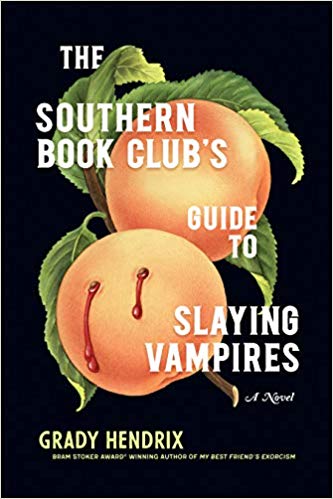 The Southern Book Club's Guide to Slaying Vampires by
The Southern Book Club's Guide to Slaying Vampires by 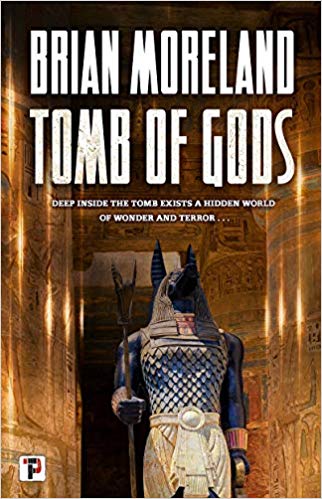 Tomb of Gods by
Tomb of Gods by 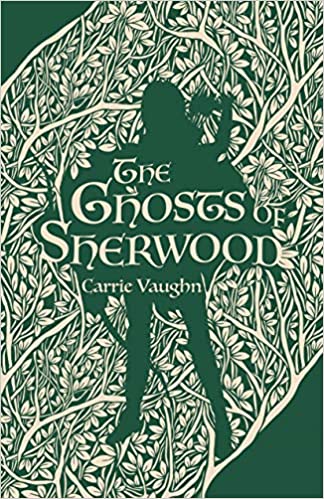 The Ghosts of Sherwood (The Robin Hood Stories, #1) by
The Ghosts of Sherwood (The Robin Hood Stories, #1) by 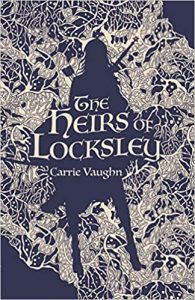 But the story also deals with the politics of the country as one king’s reign is about to end and his heir is a child of nine. That forces are jockeying for power, and that Robin will have influence and could possibly be influenced is a part of his times.
But the story also deals with the politics of the country as one king’s reign is about to end and his heir is a child of nine. That forces are jockeying for power, and that Robin will have influence and could possibly be influenced is a part of his times.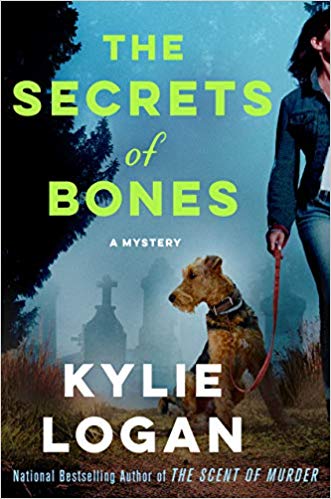 The Secrets of Bones by
The Secrets of Bones by 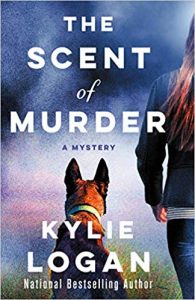 I really was hoping for more about the dogs, especially after the first book in the series,
I really was hoping for more about the dogs, especially after the first book in the series, 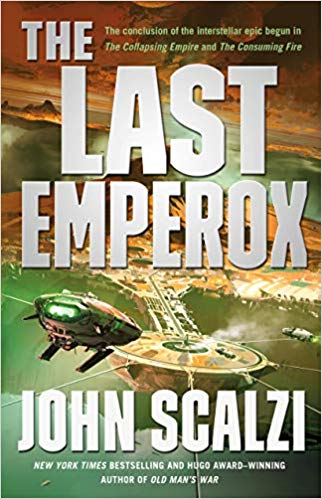 The Last Emperox (The Interdependency, #3) by
The Last Emperox (The Interdependency, #3) by  Making it all the more amazing that when this story began, with the writing of the first book in the series,
Making it all the more amazing that when this story began, with the writing of the first book in the series, 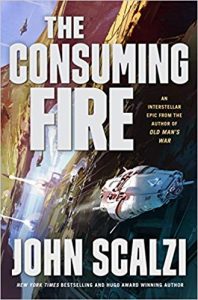 Escape Rating A+: I had a terrible approach/avoidance issue with this book. A part of that was because I had originally intended to listen to it, as I have to the entire rest of the series. The walking profanity explosion that is Kiva Lagos is best appreciated in audio. She just doesn’t have the same impact when reading the book yourself. Also, Wil Wheaton has done a fantastic job with the series, including this entry. But I normally listen while driving, or while on a treadmill at the gym, and everything has been closed. I had more time for reading but fewer opportunities for listening. In the end I mostly played Solitaire and just let the audio wash over me. It was marvelous.
Escape Rating A+: I had a terrible approach/avoidance issue with this book. A part of that was because I had originally intended to listen to it, as I have to the entire rest of the series. The walking profanity explosion that is Kiva Lagos is best appreciated in audio. She just doesn’t have the same impact when reading the book yourself. Also, Wil Wheaton has done a fantastic job with the series, including this entry. But I normally listen while driving, or while on a treadmill at the gym, and everything has been closed. I had more time for reading but fewer opportunities for listening. In the end I mostly played Solitaire and just let the audio wash over me. It was marvelous.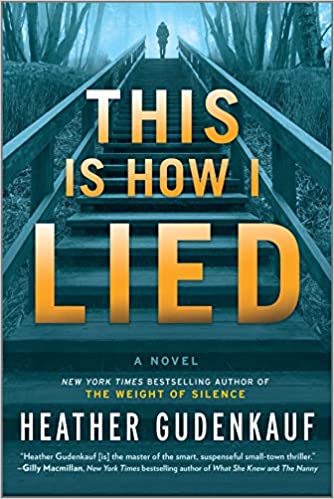 This Is How I Lied by
This Is How I Lied by 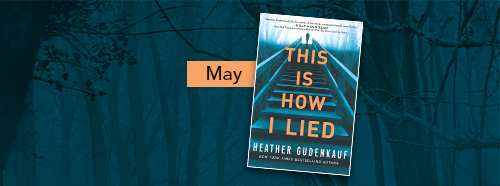
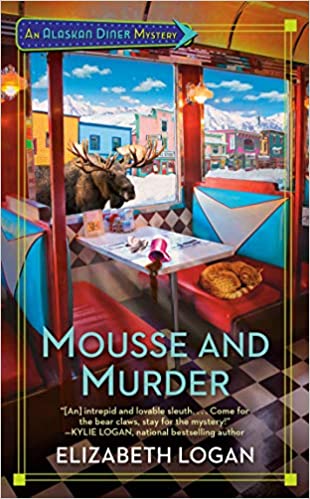 Mousse and Murder (Alaskan Diner Mystery #1) by
Mousse and Murder (Alaskan Diner Mystery #1) by 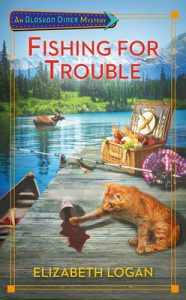 But this first story is all wrapped around Charlie. Hers is the perspective we follow, and she’s an interesting and likeable protagonist, and not just because of Benny. She’s easy to relate to, her fears and insecurities make sense under the circumstances, her mistakes feel real and we want her to succeed.
But this first story is all wrapped around Charlie. Hers is the perspective we follow, and she’s an interesting and likeable protagonist, and not just because of Benny. She’s easy to relate to, her fears and insecurities make sense under the circumstances, her mistakes feel real and we want her to succeed.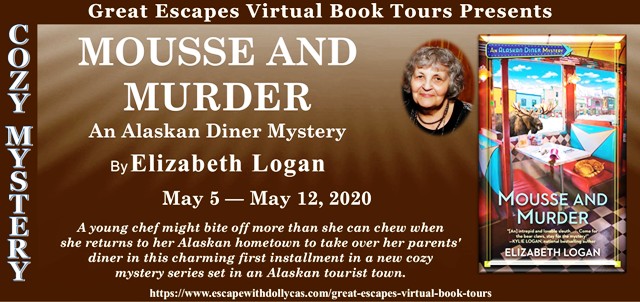

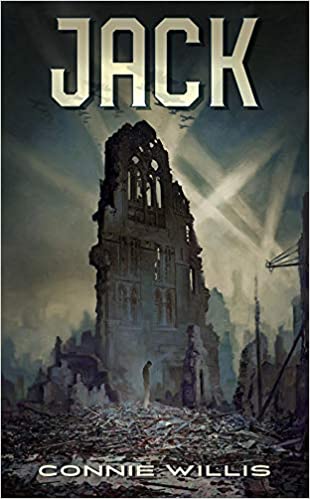 Jack by
Jack by 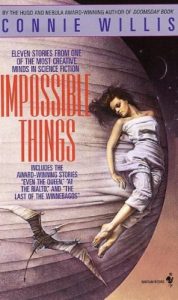 I didn’t catch that this was a reprint when I downloaded it from NetGalley a few weeks ago. Upon further investigation, I discovered that I read this one, a long, long time ago. It’s part of Connie Willis’ marvelous short story collection,
I didn’t catch that this was a reprint when I downloaded it from NetGalley a few weeks ago. Upon further investigation, I discovered that I read this one, a long, long time ago. It’s part of Connie Willis’ marvelous short story collection, 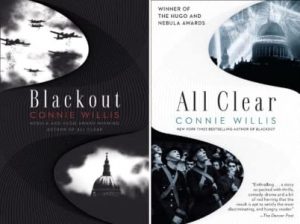 I don’t think it’s any accident that there’s a “bodysniffer” every bit as successful as Jack Settle over in Whitechapel. He’s probably named Jack, too.
I don’t think it’s any accident that there’s a “bodysniffer” every bit as successful as Jack Settle over in Whitechapel. He’s probably named Jack, too.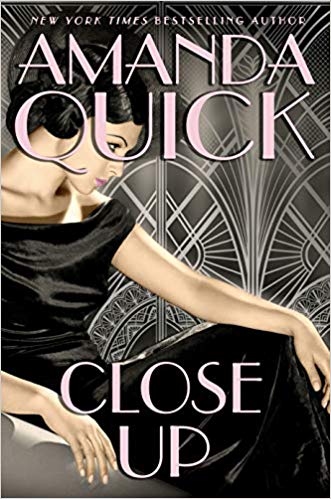 Close Up (Burning Cove #4) by
Close Up (Burning Cove #4) by 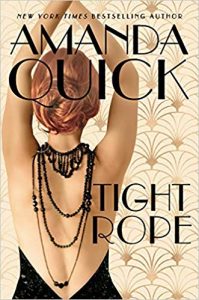 Close Up is the enchanting follow up to
Close Up is the enchanting follow up to  And on top of it all, there’s a romance. I’ll admit that, like an earlier book in this series,
And on top of it all, there’s a romance. I’ll admit that, like an earlier book in this series,